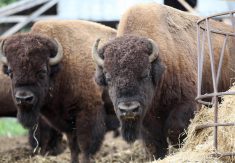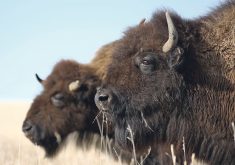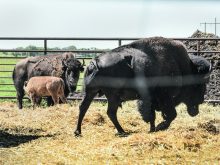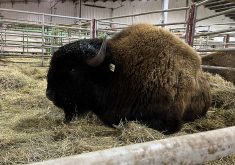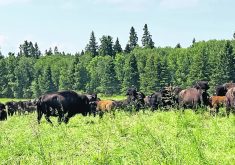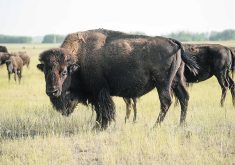GRANDE PRAIRIE, Alta. — Prices for Canadian bison remain strong, in part because there are fewer animals available than in past years.
The Canadian dollar value relative to the American greenback doesn’t hurt either, bison producers were told Oct. 22 at the Peace Region conference here.
Bison Producers of Alberta president Roger Van Haren said producers are responding to market signals.
“We will hopefully see a slow increase to the supply but … marketers are telling us they could sell 20 percent more product tomorrow,” he said.
Read Also
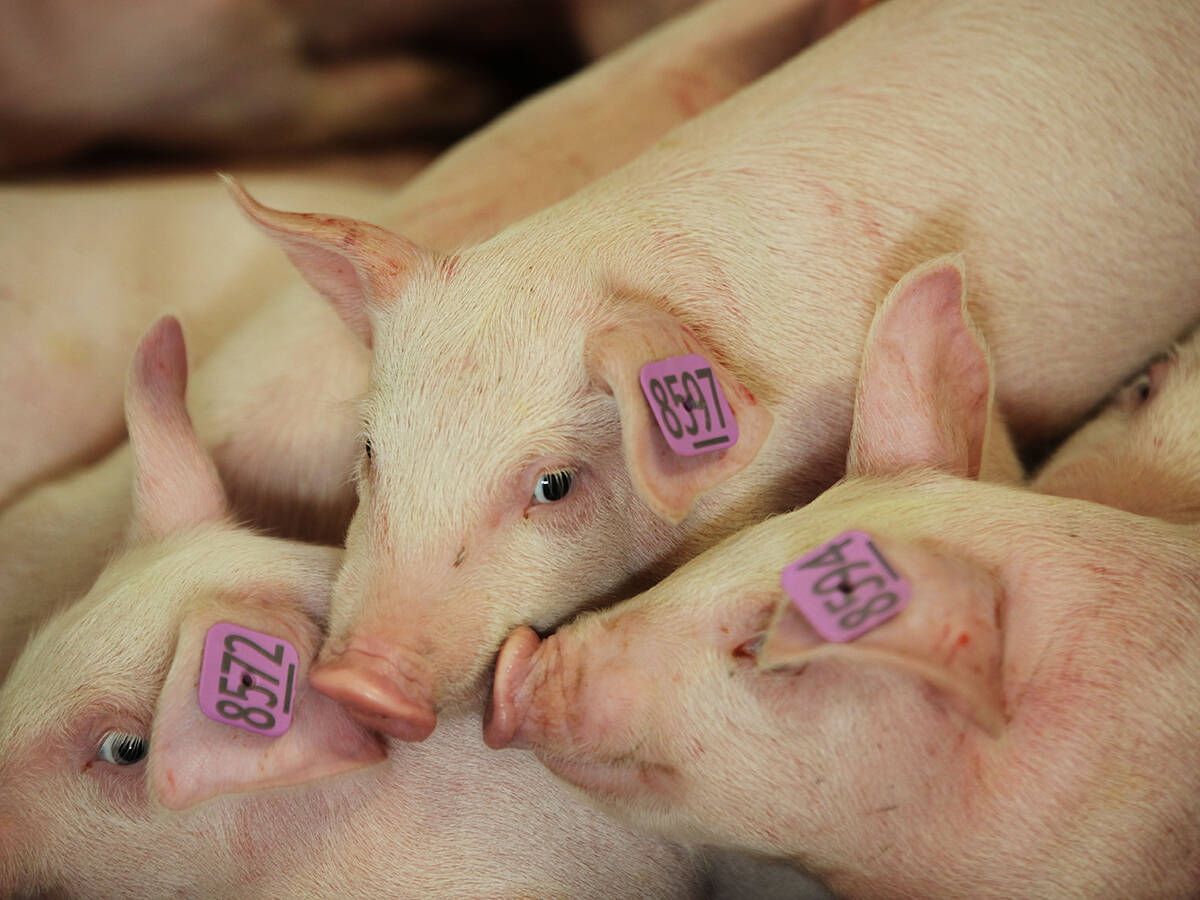
The Western Producer Livestock Report – October 16, 2025
Western Producer Livestock Report for October 16, 2025. See U.S. & Canadian hog prices, Canadian bison & lamb market data and sales insights.
“They’re shorting many customers. It’s an issue. There’s just not enough right now out there.
“The herd size overall has probably come down a bit and now you’re seeing more people holding back heifers, trying to grow the herd, but it’s a very slow process. They calve not when they’re two (years old), but when they’re three, and that animal isn’t ready for another two years, so it’s a five-year process to bring more animals to the market.”
Canadian Bison Association executive director Terry Kremeniuk said there are about 150,000 bison in Canada. That’s up from about 50,000 in 1996 but lower than the industry high of about 220,000 in 2007.
At that time, many Canadian animals were being shipped to the United States for slaughter. That amount stabilized in 2011-14 but Kremeniuk anticipates a change.
“I expect this year, 2016, you’re going to see a decrease in terms of federal slaughter and you’re also going to see a decrease in terms of state and provincial slaughter and that’s because animals are not available.”
He said recent export numbers indicate producers are retaining a few more heifers, though it is not a dramatic increase.
Results of the 2016 census are due in April or May, but Kremeniuk said bison numbers might not tell an accurate tale of a slight herd increase because many producers don’t count the calf crop in the totals they report.
Producers at the meeting heard that prices for cull animals are near historic highs due to demand for trim.
“The ground bison is driving it right now,” Van Haren said.
“That’s what the older animals are used for, is bison burgers. The United States is a huge driver for paying for that right now. We’re seeing just a lot of demand.
“It’s a great way to start getting into the market. Right now you’re seeing ground price at $10, $11, $12 US per pound. Come back to Canada, in the stores it’s going be $15, $16 per lb., which is kind of crazy seeing as beef is now $3, $4 per lb. So it’s quite a difference.”
He said the price difference between ground bison and the higher-end cuts does not reflect the difference in quality.
Ground bison is about $10 per lb. and tenderloin about $30 per lb. Van Haren thinks the higher quality cuts should be four or five times the price of ground.
“We need to look at all cuts of the animal and encourage people to try the higher-end cuts and different cuts so we can have kind of a true value of the whole animal and not just a crazy trim market.”
However, Van Haren said it’s a good time to cull older animals because of high prices available. Producers can also use cheap feed to increase carcass size before marketing, which is the easiest way to increase meat supply.
Kremeniuk said he thinks prices for bison could rise further, based on current market signals.






